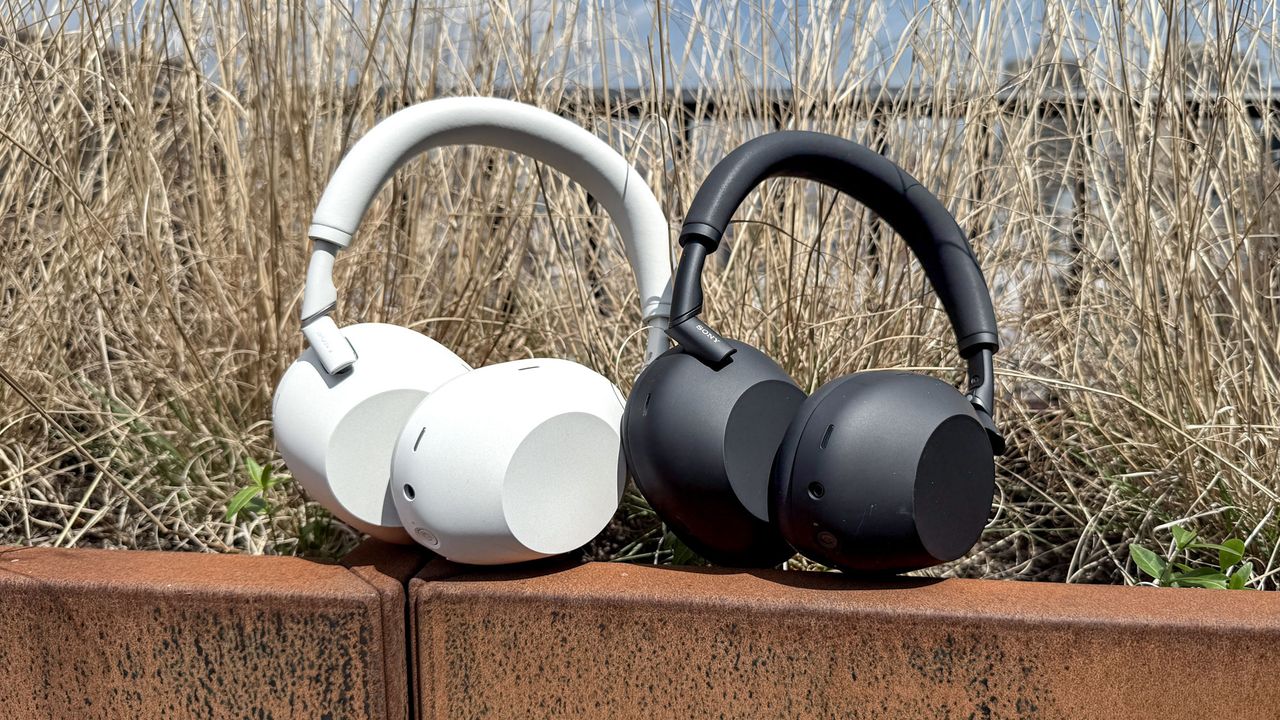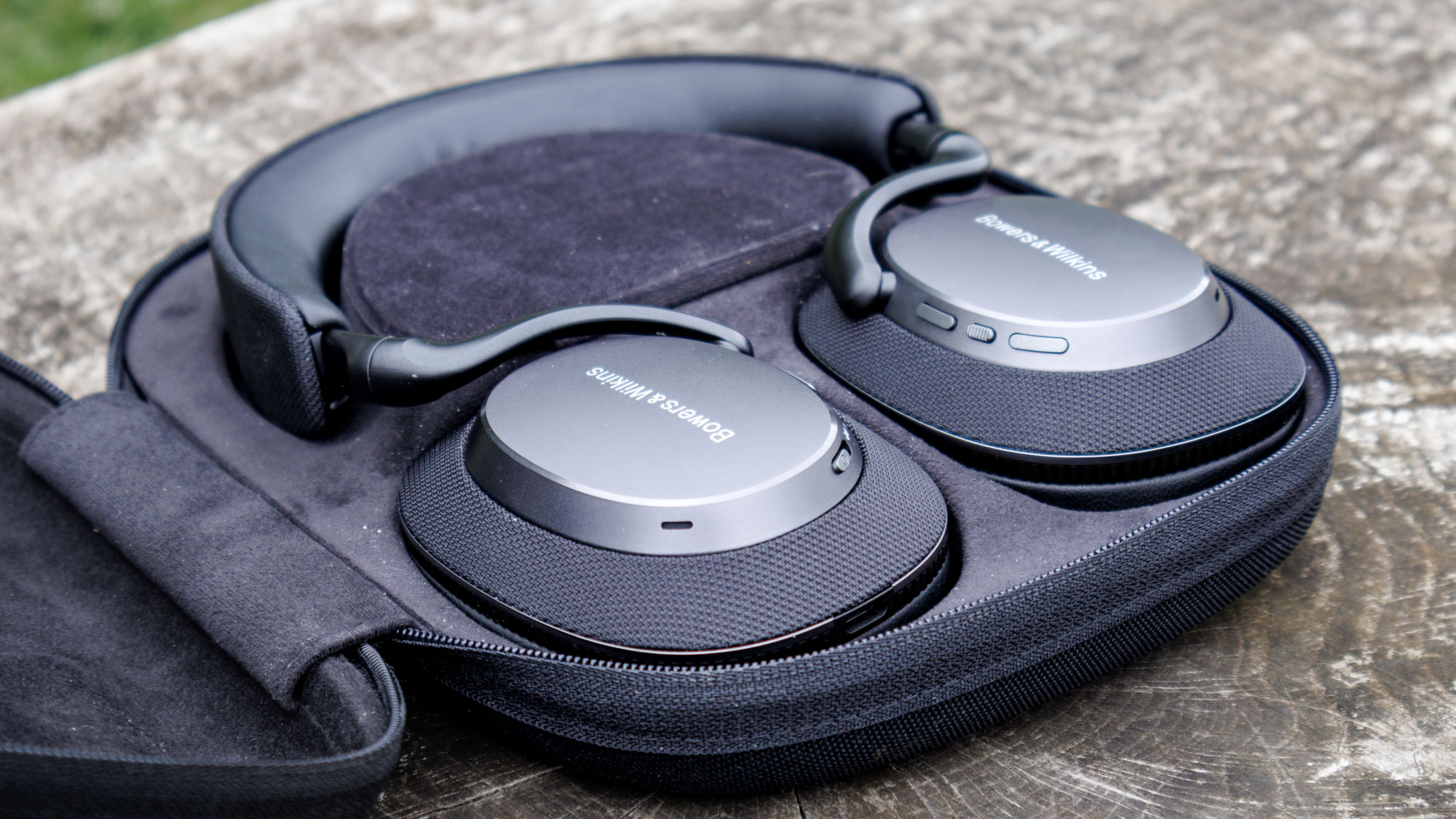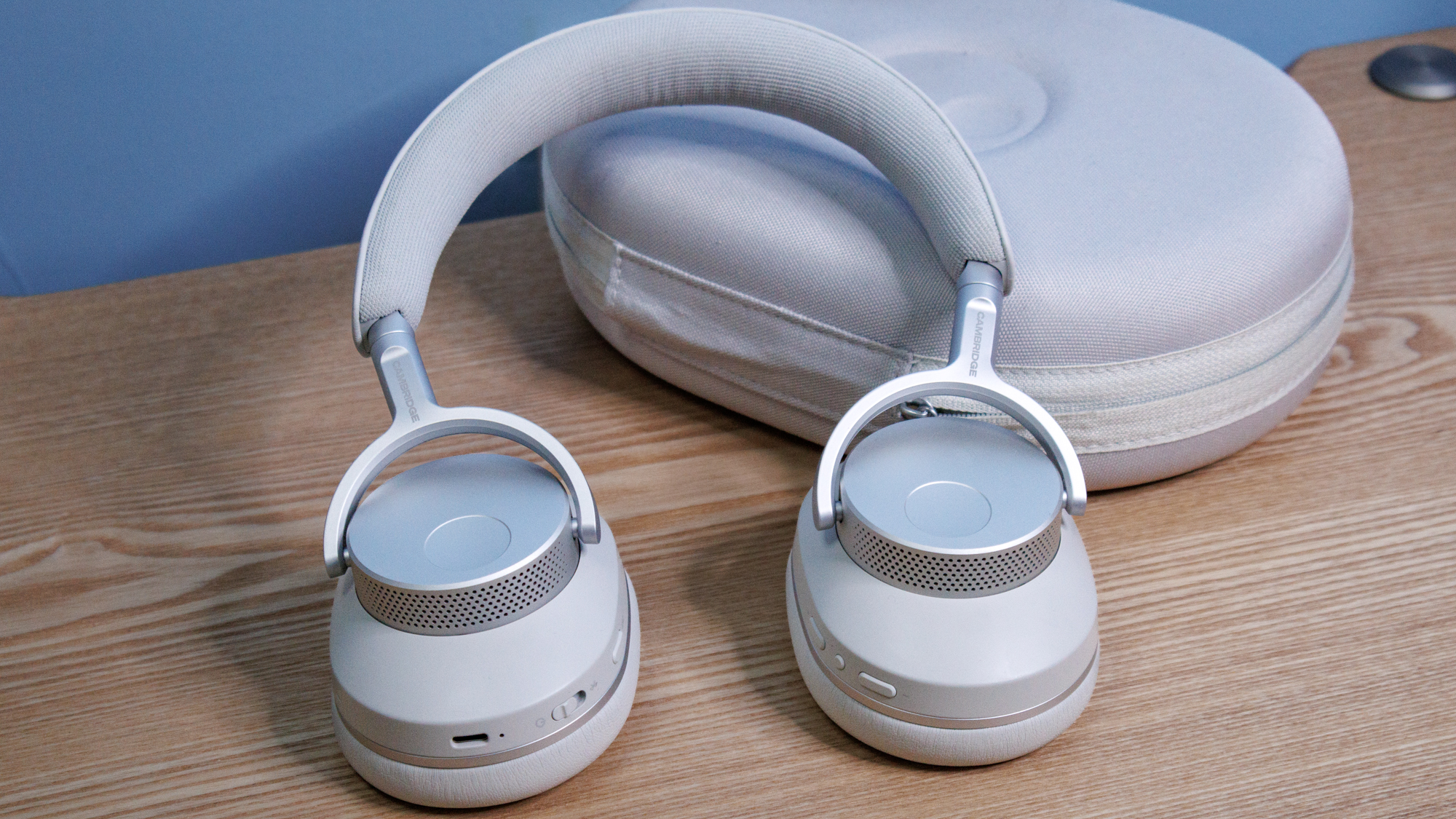
While I was studying for my Master's degree, I needed a new pair of headphones to replace my aging Bose noise cancelers — so I opted for the then brand new Sony WH-1000XM4.
They gave me everything I wanted from a pair of the best headphones, including good sound, excellent ANC and a comfortable, all-day fit. They were my faithful daily audio companions for a time as a result, and the headphones now live on in my sister's ownership.
They painted a lovely picture of Sony's headphone line for me — although I was quickly let down by the next version, the WH-1000XM5. They offered a new design that wasn't as comfortable as before, a new case that wasn't as compact, and sound that wasn't as rounded. They were still excellent headphones, but they paled in comparison to my time with the XM4.
So when I saw some of the specs and new features of the WH-1000XM6, I was excited to see a potential return to form for what used to be a line I loved. And sure, there were some new improvements that make them a better pair of headphones than their predecessor, but there are still some key areas that they let me down.
Let me tell you all about the issues I've personally had with the XM6, and which headphones I would recommend you buy instead.
Why I've struggled

First off, the good bits — and there are still loads. The case is massively improved over that found in the XM5 box, with a protective outer that feels like it will last a lifetime. The magnetic clasp works well, although you'll want to make sure that the carrying strap thing doesn't get in the way when you close the case.
The ANC is still very good, and the battery life remains perfectly fine. But there are significant issues that mean I don't think they're quite as worth picking up as my old XM4.
For one, they're still not as comfortable as that old version. Sure, the XM6 are very light and the cushioning on the earcups is good, but the headband remains a bugbear. I can't wear either the XM5 or the XM6 for very long because the headbands press too hard on the top of my head, something I didn't find with my old headphones.
The sound too has taken a dive. The old XM4 headphones were more balanced than either the XM5 or the XM6, and the focus on vocal clarity in the XM6 makes them a strange listen indeed. In a vacuum, they sound very good, but they don't exist in a vacuum — they're up against competitors that now sound even better.
The XM6 were not the return to the XM4 that I hoped they'd be — so here's what I'd buy instead of Sony's cans.
For noise canceling: Bose QuietComfort Ultra

It's difficult to argue that the QuietComfort Ultra Headphones are a better set of cans than the XM6 on paper, but it's much easier if you've got the two pairs in hand. The QuietComfort are far more comfortable for a start, and I'd argue they're more handsome as well with the use of different materials. The case is actually a bit smaller as well, so they more easily fit into bags and backpacks.
The sound is about on par with the XM6. While the Sony headphones emphasize the vocals of a track, the Bose are more interested in showing you the bass and low-end. I'd wager that more people would like the more comforting sound of the Bose headphones, but that's not to say that they sound better. Different, yes, and perhaps more welcoming, but not better.
It's the ANC where the Bose really take the cake. They're the best noise-canceling headphones you can buy right now for a reason. With just a quick orchestral swell, the outside world melts away into nothing. I've missed deliveries because of the QuietComfort Ultra, and even people trying to get my attention directly behind me. They're the noise-canceling kings.
As a result, if you're looking for the best noise-canceling headphones, the QuietComfort Ultra Headphones are the way to go.
For sound: Bowers & Wilkins PX7 S3

There are a whole load of reasons why you should pick up the Bowers & Wilkins PX7 S3 over the XM6. They're a better-built, more substantial pair of headphones for one, with more premium materials and a nicer design, for example.
They're more comfortable thanks to a wider headband and thicker, more plush memory foam. The clicky button controls are less inaccurate and work much better than the annoying touch options you'll find in the Sony headphones.
The case is perhaps a little more bulky because the headphones don't fold like the XM6, but the shape of the case means it's still easy to fit into whatever bag you might want to toss them in. It feels more protective too, and I far prefer the magnetic wire compartment for your 3.5mm cable and USB-C charging cord.
But the sound is the true strength of the PX7 S3. They're a wonderfully balanced listen, giving you some of the best wireless sound before you spend double. The bass is tight and controlled, and the highs are detailed. The mids are wide, and the soundstage impressive. They're a much nicer listen than the XM6.
The ANC might not be quite up to Sony's standards, but the PX7 S3 make up for it in just about every other metric.
For price: Cambridge Audio Melomania P100 SE

If you want to get close to the XM6 but don't want to spend loads of money, then the excellent Cambridge Audio P100 SE are a very good option. You'll have to make a couple of compromises — there's no spatial audio and the case is very large — but for $150 less you get a pair of headphones that are comfortable, sound better, and feature some ridiculous battery life.
The P100 SE have a newly padded headband, which has made them more comfortable to wear for long periods of time. The eacups are lovely and soft, making their not insignificant weight feel far less. I think they look really nice, and they feel sturdier and more premium than Sony's headphones.
The ANC might not be as good, and they're not as fully featured, but they're still the headphones that I'd pick up if I wanted a pair of ANC headphones for less.







